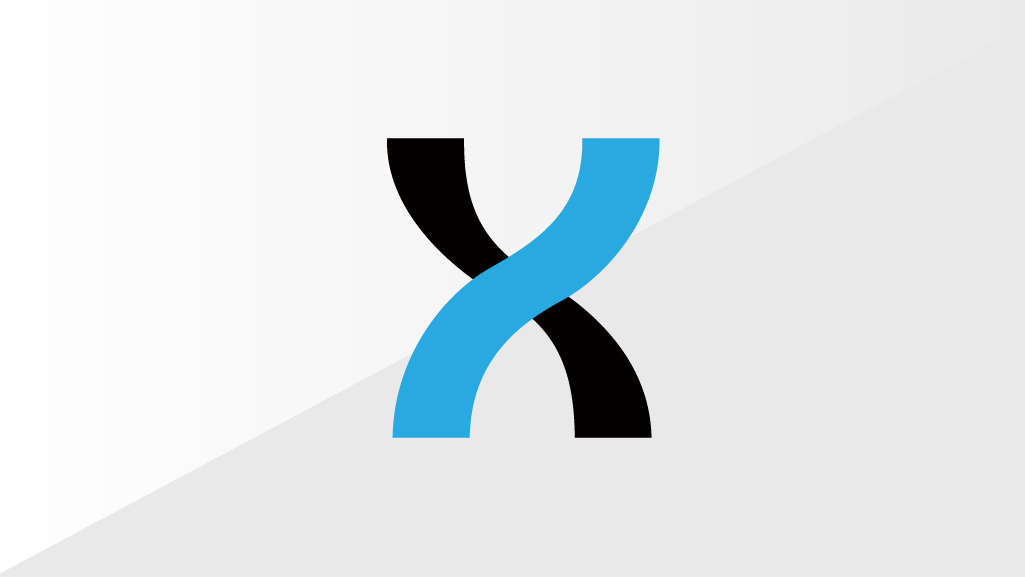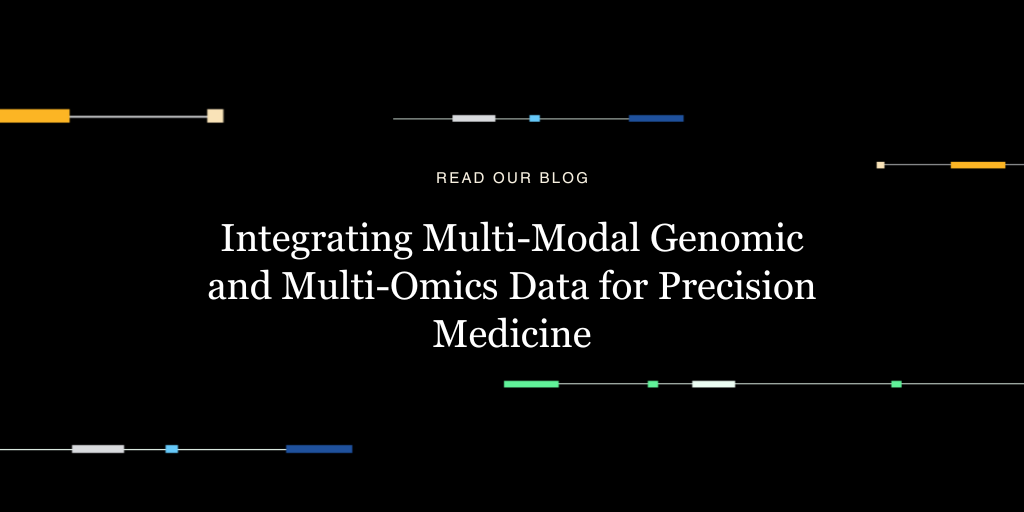The study described below was published in the April 2012 edition of the Annals of Neurology, the journal for the American Neurological Association and the Child Neurological Society.
At a time when many people are asking when DNA sequence information will have a real application in healthcare, a nonprofit organization based in Brooklyn, New York, is proving that linkage mapping and exome sequencing are already making a major difference in people’s lives.

Bonei Olam is charged with helping families with genetic or undiagnosed diseases, many of them dealing with infertility challenges, to conceive healthy babies using tools such as pre-implantation genetic diagnosis. In 2008, Bonei Olam opened its Center for Rare Jewish Genetic Disorders to find the underlying molecular causes of some of these conditions. They responded to hundreds of families who had been unable to find a diagnosis through traditional medical routes, and established key collaborations with universities, including Hadassah Medical Center in Israel, to help perform the studies. Over the years, the center has funded SNP arrays, Sanger sequencing, variant validation, and the sequencing of more than 100 exomes for family after family.
It was through one of those studies that collaborators from Hadassah Medical Center, New York University, and Bonei Olam discovered a novel mutation that leads to a previously uncharacterized disease linked to hereditary sensory autonomic neuropathy, a group of disorders with the common theme of loss of function in peripheral sensory nerves. This new version is far more severe than its familial dysautonomia cousin and is caused by a mutation in the DST gene, which destabilizes the Dystonin protein. The study, called “Hereditary sensory autonomic neuropathy caused by a mutation in dystonin” was published by Dr. Simon Edvardson, Prof. Orly Elpeleg, and the rest of their team in the Department of Genetic and Metabolic Diseases at Hadassah in the April 2012 issue of Annals of Neurology.
Chaim Jalas, Director of Genetic Resources and Services at the Center for Rare Jewish Genetic Disorders and a co-author on the paper, says that this particular project began when two related families approached Bonei Olam, each having lost at least one child to this uncharacterized disease. The disorder was lethal: all of the affected children, three in total, died by the age of 2.
The team started off with SNP arrays to perform linkage analysis in both families, and later performed exome sequencing on one of the affected children to find the causative mutation. Much of the clinical and functional work in the eight-month project — including identifying the mutated gene and studying its effect in cell lines — was led by Prof. Orly Elpeleg at Hadassah Medical Center in Jerusalem.
Since Bonei Olam doesn’t have an in-house bioinformatics team, Jalas relies for interpretation on various software tools as well as the cloud-based storage and analysis platform from DNAnexus. For this project, he uploaded the raw sequence reads to DNAnexus and ran the Exome analysis tool followed by the Variant analysis tool, which located the mutation — the DST variant that results in an unstable transcript in Dystonin, a protein used in the cytoskeleton. “What DNAnexus does for us is all the bioinformatics, starting from uploading raw reads to performing the alignment, the variant calling, the annotation, and graphical display of the reads on the reference genome,” Jalas says. In the past, the DNAnexus Variant analysis tool has been able to find a variant that other software packages have missed, he says — but he’s most confident when two different software packages call the same variant so it’s more likely to be real.
Once DNAnexus returned the answer, Jalas shared the data with his collaborators, who could log in with their own accounts to review the information. Finally, the research team confirmed the mutation by Sanger sequencing.

Since Bonei Olam isn’t your typical research institute, the real triumph was not the research finding or the publication of this mutation; it’s that “one of the two families is currently pregnant with a healthy baby,” Jalas says.
Ultimately, the success of these studies may prompt Bonei Olam to move toward whole genome sequencing. “I think at some point we will do whole genomes,” Jalas says. “We’re looking into a pilot study of families for whom exome sequencing did not find a causative genetic mutation where we know for sure it’s a genetic condition.”
Paper information:
Hereditary sensory autonomic neuropathy caused by a mutation in dystonin
Simon Edvardson, MD; Yuval Cinnamon, PhD; Avraham Shaag, PhD; Orly Elpeleg, MD, from Monique and Jacques Roboh Department of Genetic Research, Hadassah, Hebrew University Medical Center
Chaim Jalas, from Bonei Olam, Center for Rare Jewish Genetic Disorders
Channa Maayan, MD, from Department of Pediatrics, Hadassah, Hebrew University Medical Center
Felicia B. Axelrod, MD, from Department of Pediatrics, New York University School of Medicine
DOI: 10.1002/ana.23524
http://onlinelibrary.wiley.com/doi/10.1002/ana.23524/abstract


